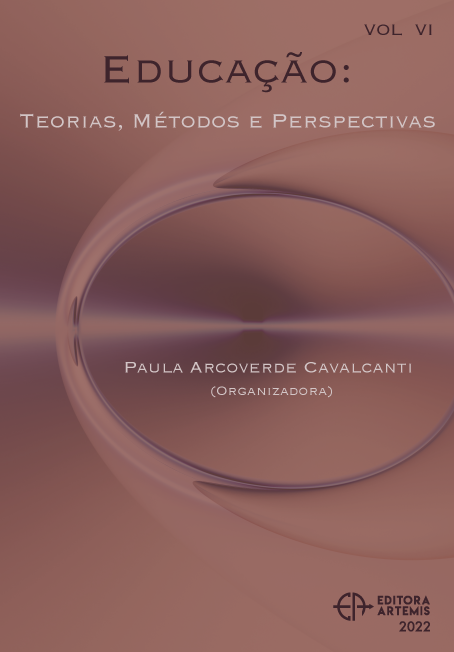
DIAGNÓSTICO SOBRE LA EVOLUCIÓN DEL APRENDIZAJE DE LA COMBUSTIÓN EN ESTUDIANTES SECUNDARIOS
La combustión es una de las reacciones más ampliamente estudiadas durante el trayecto escolar de los estudiantes primarios y secundarios. En lo que respecta a la enseñanza y el aprendizaje de esta temática, se considerará la propuesta de Johnstone y sus reformulaciones acerca de los tres niveles de pensamiento (macroscópico, submicroscópico y simbólico) que se requieren para saber Química. Los objetivos del trabajo son registrar los niveles de representación de estudiantes respecto de la combustión a través de diferentes lenguajes e identificar posibles obstáculos relacionados al aprendizaje de la combustión. Se efectuó una encuesta a estudiantes de tres años distintos de educación secundaria. En la misma, se indagó acerca de factores macroscópicos (rol del combustible, rol del comburente, factores energéticos) y submicroscópico-simbólicos (representación del gas contenido en un frasco, simbolización del proceso). Se observa que los estudiantes logran en su gran mayoría identificar el rol de los reactivos (combustible y comburente), no así los factores energéticos. Aproximadamente la mitad logra representar gráficamente las sustancias implicadas y un poco menos de la mitad logra representarlas formalmente a través de sus fórmulas y/o nombres. Aparentemente existe una correlación entre la utilización del lenguaje simbólico y la comprensión del proceso macroscópico.
DIAGNÓSTICO SOBRE LA EVOLUCIÓN DEL APRENDIZAJE DE LA COMBUSTIÓN EN ESTUDIANTES SECUNDARIOS
-
DOI: 10.37572/EdArt_2705225697
-
Palavras-chave: combustión; aprendizaje; lenguaje; simbolización
-
Keywords: combustion; learning; language; symbolization
-
Abstract:
Combustion is one of the most widely studied reactions in elementary and high school. Respecting teaching and learning this subject, the approach of Johnstone and its reformulations about the three levels of knowledge required for understanding Chemistry (macroscopic, submicroscopic and symbolic) will be considered. The aims of this work are to register the representation levels regarding combustion through different languages in high school students, and to identify possible obstacles related to the learning of combustion reactions. A survey was carried out on high school students of three different grades, in which macroscopic factors (the role of fuel, the role of the comburent, energetic factors) and submicroscopic-symbolic aspects (representation of the gas contained in the flask, symbolization of the process) were inquired. Most of the students can identify the role of both reactants (fuel and comburent), but they do not get to fully understand energetic factors. Approximately a half of the students achieve graphical representation of the substances that are involved, and less than a half get to formally represent them through their formulas and/or names. Apparently, there is a correlation between the utilization of symbolic language and the comprehension of the macroscopic process.
-
Número de páginas: 14
- Sergio Laurella

